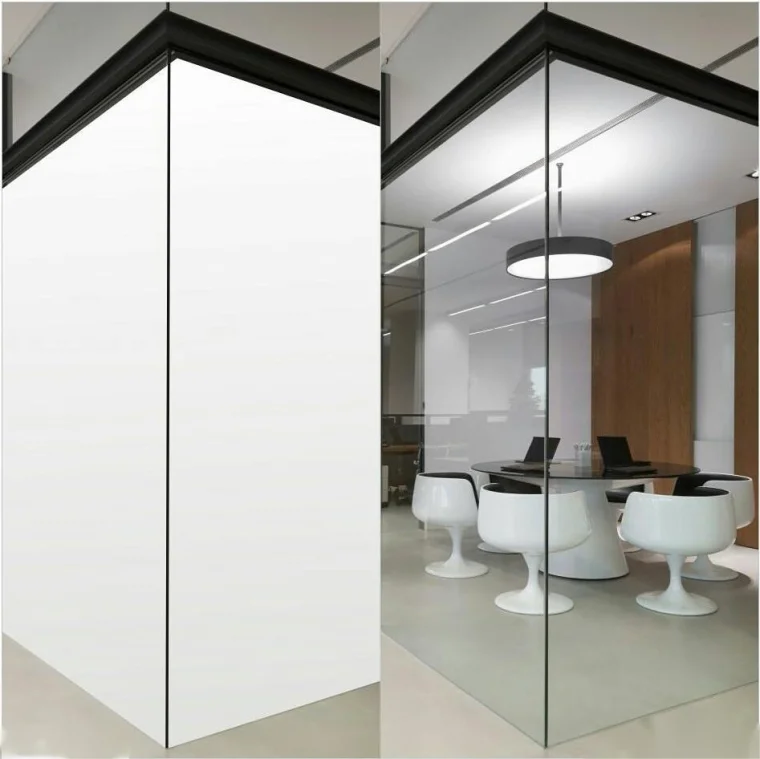The Essential Guide to Vapor Barriers: Should You Use One Under Your Metal Roof?
When it comes to roofing, particularly metal roofing, the conversation often shifts to the importance of insulation, ventilation, and moisture control. One critical component that frequently arises in this discussion is the vapor barrier. But should you use a vapor barrier under a metal roof? This article delves into the intricacies of vapor barriers, their functions, and the specific considerations for metal roofing systems.
Understanding Vapor Barriers
A vapor barrier is a material designed to resist the diffusion of moisture through walls, ceilings, and floors. Typically made from polyethylene plastic or foil, vapor barriers are crucial in preventing moisture from penetrating building materials, which can lead to mold growth, structural damage, and decreased energy efficiency.
The Role of Vapor Barriers in Roofing
In roofing applications, vapor barriers serve several essential functions:
- Moisture Control: They prevent moisture from the interior of the building from reaching the roofing materials, which is particularly important in climates with high humidity or significant temperature fluctuations.
- Energy Efficiency: By controlling moisture, vapor barriers help maintain the thermal performance of insulation, leading to reduced energy costs.
- Mold Prevention: By inhibiting moisture accumulation, vapor barriers significantly reduce the risk of mold and mildew growth, which can compromise indoor air quality and structural integrity.
Metal Roofs and Vapor Barriers: A Complex Relationship
Metal roofs are known for their durability and longevity, but they also present unique challenges regarding moisture management. Here are several factors to consider when deciding whether to install a vapor barrier under a metal roof:
- Climate Considerations
The climate in which your building is located plays a pivotal role in determining the necessity of a vapor barrier. In colder climates, where warm, moist air from inside the building can condense on the cooler metal surface, a vapor barrier is often recommended. Conversely, in hot and humid climates, the need for a vapor barrier may be less critical, as the primary concern is often ventilation rather than moisture intrusion.
- Insulation Type
The type of insulation used in conjunction with your metal roof can also influence the decision. For example, if you are using fiberglass insulation, a vapor barrier is typically necessary to prevent moisture from penetrating the insulation and reducing its effectiveness. On the other hand, closed-cell spray foam insulation has inherent vapor-retarding properties, which may reduce the need for an additional barrier.
- Roof Design and Ventilation
The design of your roof and the ventilation system in place are crucial factors. A well-ventilated attic space can help mitigate moisture buildup, potentially reducing the need for a vapor barrier. However, if your metal roof is installed directly over insulation without an air gap, a vapor barrier may be essential to prevent moisture accumulation.
Best Practices for Installing a Vapor Barrier Under a Metal Roof
If you determine that a vapor barrier is necessary for your metal roofing project, consider the following best practices:
- Select the Right Material: Choose a vapor barrier with a low permeability rating, such as a polyethylene sheet or foil-faced insulation, to ensure maximum moisture resistance.
- Proper Installation: Ensure that the vapor barrier is installed correctly, with seams sealed and overlaps properly managed to prevent moisture intrusion.
- Consider Local Codes: Always check local building codes and regulations, as they may have specific requirements regarding vapor barriers in roofing applications.
Conclusion
In conclusion, the decision to use a vapor barrier under a metal roof is not a one-size-fits-all solution. It requires careful consideration of various factors, including climate, insulation type, and roof design. By understanding the role of vapor barriers and following best practices, you can enhance the longevity and performance of your metal roofing system while safeguarding your building from moisture-related issues. Always consult with a roofing professional to assess your specific situation and make an informed decision that aligns with your building's needs.
